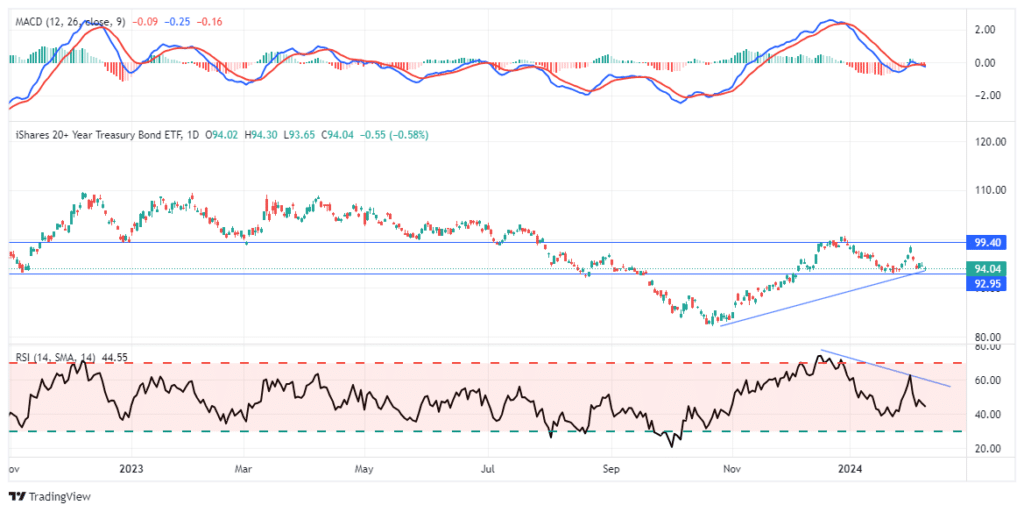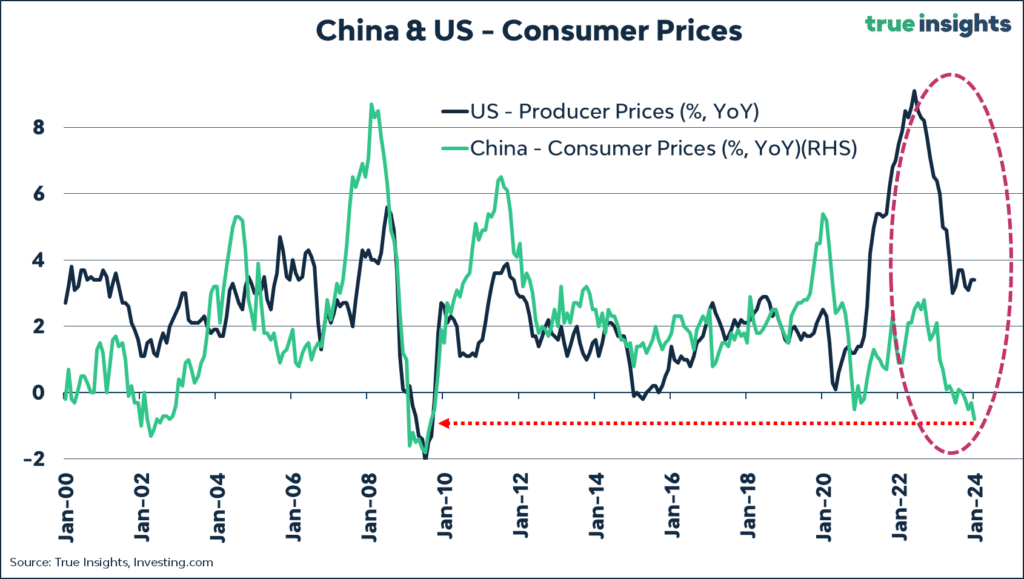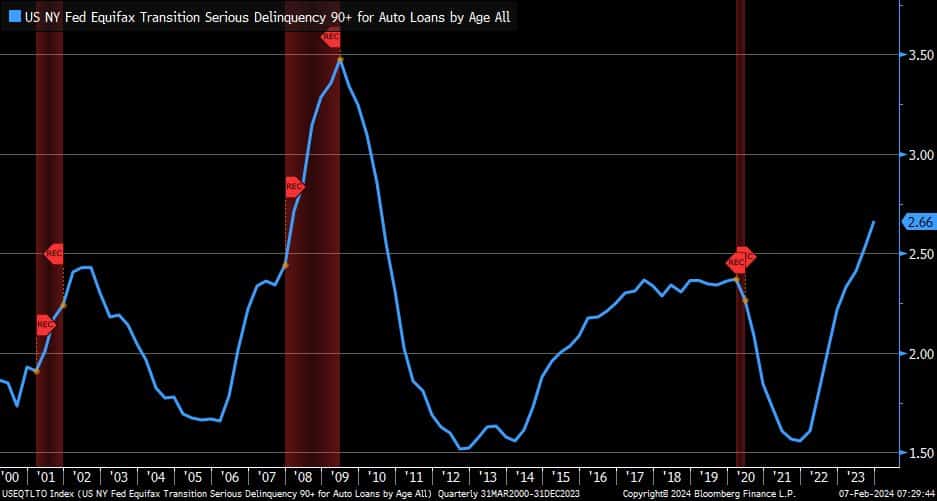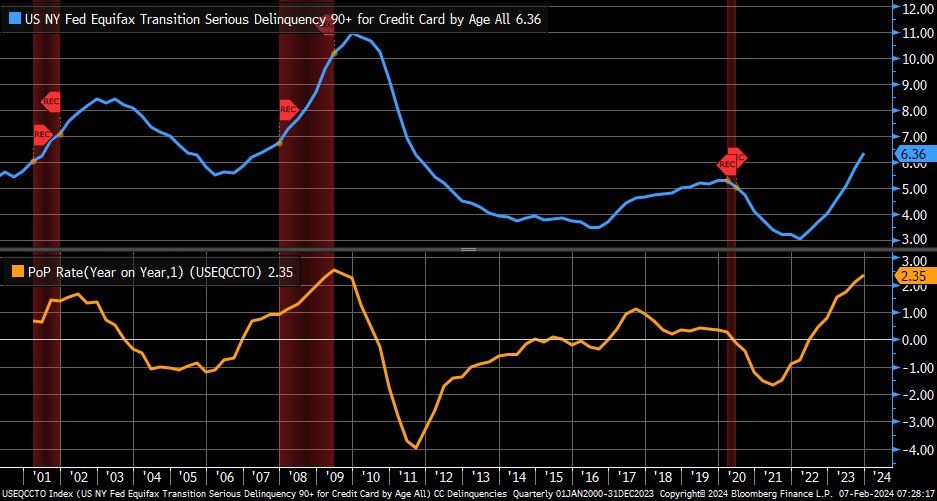The Magnificent Seven continue to lead the market higher as they did last year. However, one of the seven stocks is falling woefully behind. Tesla is down 25% this year. Driving Tesla’s share price lower is growing concern that EVs may not be the much-ballyhooed future of automobiles. As evidence, GM and Ford are cutting EV production. Furthermore, lithium miners and battery producer stocks have fallen precipitously over the prior few months. Price cuts for EVs due to weakening demand, growing popularity of hybrid models, and competition from every other automaker also weigh on Tesla. Is it time to buy Tesla?
We will be posting an article next week comparing Toyota to Tesla. The article provides insight into the state of the automobile market, the role EVs and hybrids play, and the potential for a new type of EV battery. However, while you await that article, we share the graph below to provide context for the recent decline. TSLA’s stock is up significantly since 2010, but there have been significant setbacks along the way. The current 55% drawdown from the 2021 peak is among the worst. If you believe that EVs, in their current state, will eventually dominate automobile sales, Tesla may be worth considering. However, as we will share next week, technology and views regarding the efficacy of EVs are changing.
What To Watch
Earnings
Economy
Market Trading Update
The market has struggled at the 5000 level for the last couple of days. Yesterday, the market closed at 4997.91, unable to break above that level. However, such is not surprising given the market remains extended and overbought on many technical levels. Interestingly, we are beginning to see some rotation. Yesterday, the recent leaders lagged while energy and staples outperformed. The action remains spotty, with stocks mostly still trading off earnings reports.
As we will address in this weekend’s newsletter, there are some reasons to become a bit more cautious over the next month or so. Therefore, we will rebalance portfolio risks by reducing overweight positions, adding to underweight holdings, and increasing cash as needed. Bonds are also getting very interesting again after reversing much of the previous overbought condition, as shown below.
Atlanta Fed Eases Fears About Wage Growth
The bond markets sold off last Friday as the employment number was better than expected. Further concerning for those worried about inflation, wages grew by 0.6%, twice expectations. Accordingly, bond investors presumed that the Fed’s fear of a price-wage spiral would keep them on hold and not cut rates as soon as the markets had expected. The most recent Atlanta Fed Wages Index may calm fears at the Fed and on Wall Street.
The January Atlanta Fed’s Wage Growth Index reading of 5.0% is the lowest in more than two years and puts wage growth below the highs seen in the late 1990s expansion. Its trend continues lower.
Will China Export Deflation?
The latest inflation data from China shows that deflation is taking hold. Their CPI fell by 0.8% from a year ago, and PPI is down 2.5%. The CPI decline is the largest since 2009!
The data and weak economic growth help us appreciate why the Chinese government is concerned and intervening on a large scale. From the U.S. point of view, we must consider China is a massive exporter of goods and, therefore, prices. The graph from True Insights below shows the relationship between China and U.S. prices. While U.S. deflation is not likely in the cards in the near term, China’s inflation data certainly strengthens the disinflationary argument. U.S. Treasury bonds did not react to China’s inflation data, but it is undoubtedly another factor arguing for lower yields.
NY Fed Reports Rising Delinquency Rates
Over the past year, consumers have steadily relied on credit to counter inflation and maintain their spending habits. It appears some borrowers are getting over their skis. The latest New York Fed data warns that consumer loan delinquency rates are rising. The first graph shows that auto loans in serious delinquency (90 days delinquent or greater) picked up in the fourth quarter to the highest rate in over a decade. Similarly, the second graph highlights that credit card delinquency rates (blue) continue to increase, and the pace over the last 12 months (orange) has been nearing levels last seen during the 2008 recession. Consider the following data from Hedgeye:
- A Q4 surge of $212B has now pushed household debt to a record high of $17.5T
- Q4 credit card debt rose $50B to $1.13T (another all-time high)
- Household debt has climbed 23% within 36 months.
Tweet of the Day
“Want to have better long-term success in managing your portfolio? Here are our 15-trading rules for managing market risks.”











